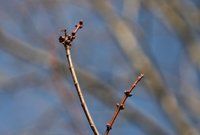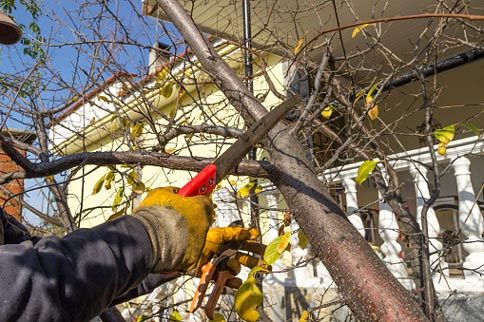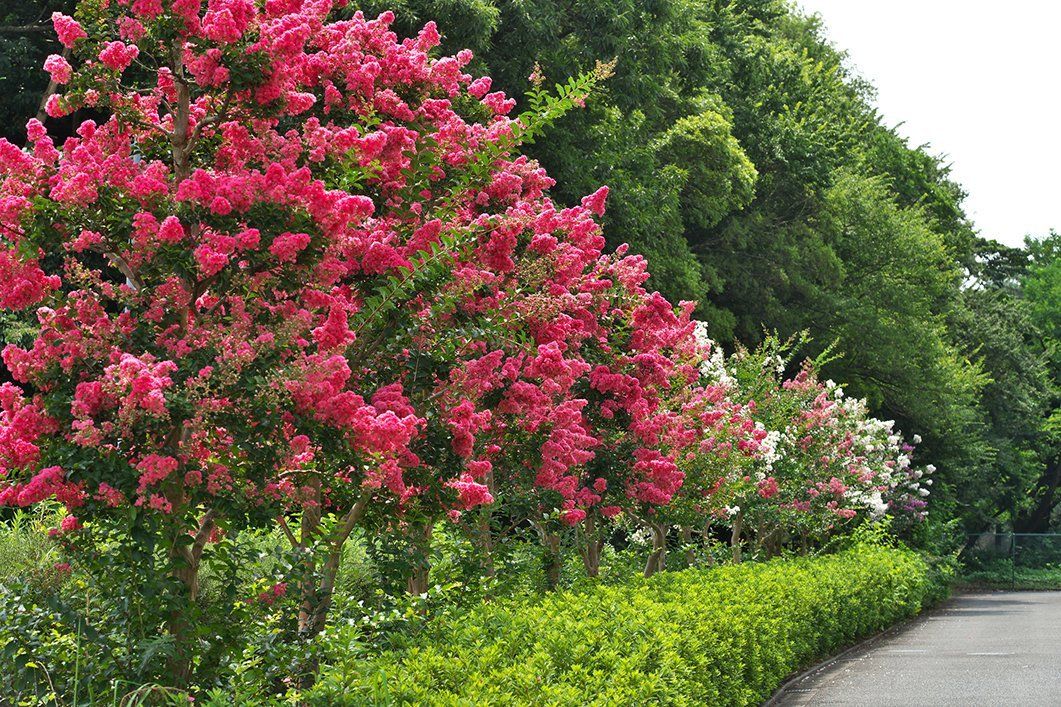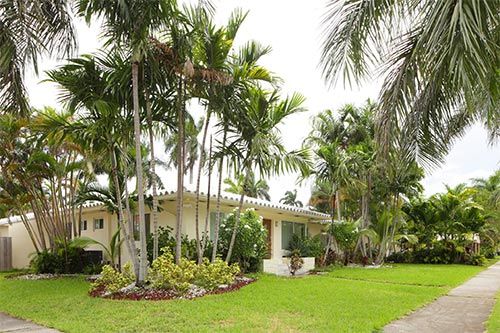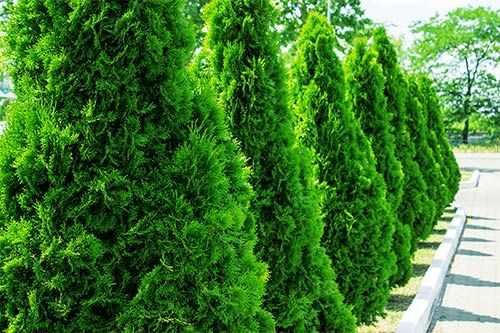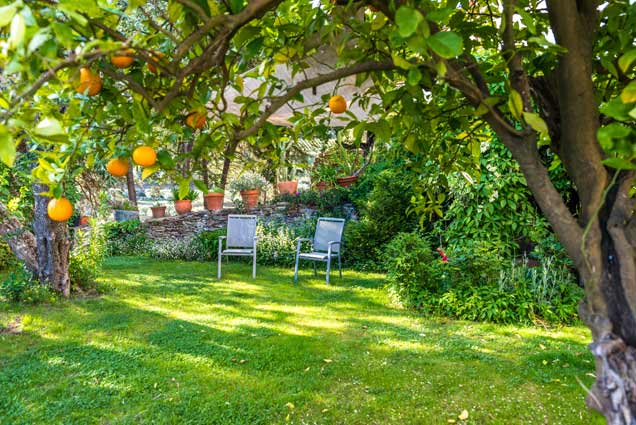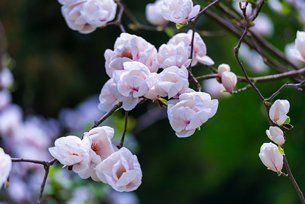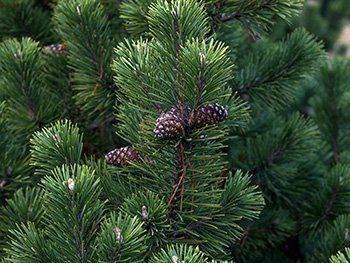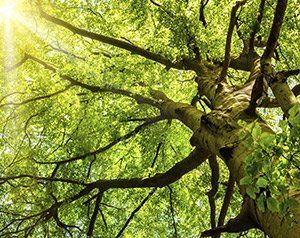Improve a Tree's Health
A tree's health depends on various factors such as the nutrients in the soil, the amount of sunlight the tree gets, the amount of water the roots absorb, and even the air the tree absorbs. Careful pruning can improve some of these factors in various ways.
For example, pruning a tree allows sunlight and air to reach its inner foliage. That way, the tree can grow thicker, taller, and last for a long time — all benefits of a healthy tree.
Improve Fruit Production
Pruning can improve fruit production in two main ways. First, pruning enhances the overall health of the tree, and a healthy tree is a productive tree. Secondly, pruning reduces the amount of resources the tree has to use to support some of its parts or structures. With some of the leaves or branches gone, the tree can use the resources to increase its flower and fruit production.
Remove Diseased or Damaged Parts
You may also have to prune your trees to get rid of diseased parts so that the diseases don't spread to other parts of the tree. A fungal attack on a tree, for example, may spread to other parts if you don't intervene. If a storm damages a tree branch, you may have to remove the branch so that it doesn't tear off and cause further damage or allow pests to attack the tree.
For example, a storm-damaged branch may dry off and become vulnerable to pests and disease. Over time, the pests and diseases may spread to other parts of the tree. You avoid all these problems if you remove the damaged branch as soon as possible.
Improve the Tree's Aesthetics
Many people find trees beautiful but only if someone takes good care of the trees. Your trees may even interfere with your curb appeal if you let the trees grow without control. Trimming allows you to shape the tree any way you like to improve the tree's aesthetics.
For example, you may trim the lower branches to force a tree to grow upwards instead of outwards. You may also trim a tree to take a specific shape, such as a triangle, through pruning. Just make sure you do the pruning professionally so that you don't damage the tree in the process.
Stabilize the Tree
A tree with a huge and heavy canopy can easily be knocked over by strong winds. The huge canopy increases the surface area of the tree that the wind can act on. The heavy canopy also raises the center of gravity of the tree, which also increases the risk of wind damage. Remove a few of the branches to stabilize the tree.
You can also prune and stabilize a tree that has already suffered wind damage. For example, if a tree leans after a windstorm, you can reduce the tree's canopy so that its weight doesn’t bring the rest of the tree down.
Protect Nearby Infrastructure
Lastly, pruning may also be necessary to protect nearby infrastructure from tree damage. For example, if a tree is relatively near a power line, you can remove some of the branches to reduce the vertical reach of the tree and avoid damage to the power lines. Also, tree branches can cause roof damage, so pruning trees around your house prevent roof damage.
Big Ben's Tree Service has experienced tree professionals who can advise you on how and when to prune your trees. Contact us for a quote for all tree services you need, and we will give you professional service.

